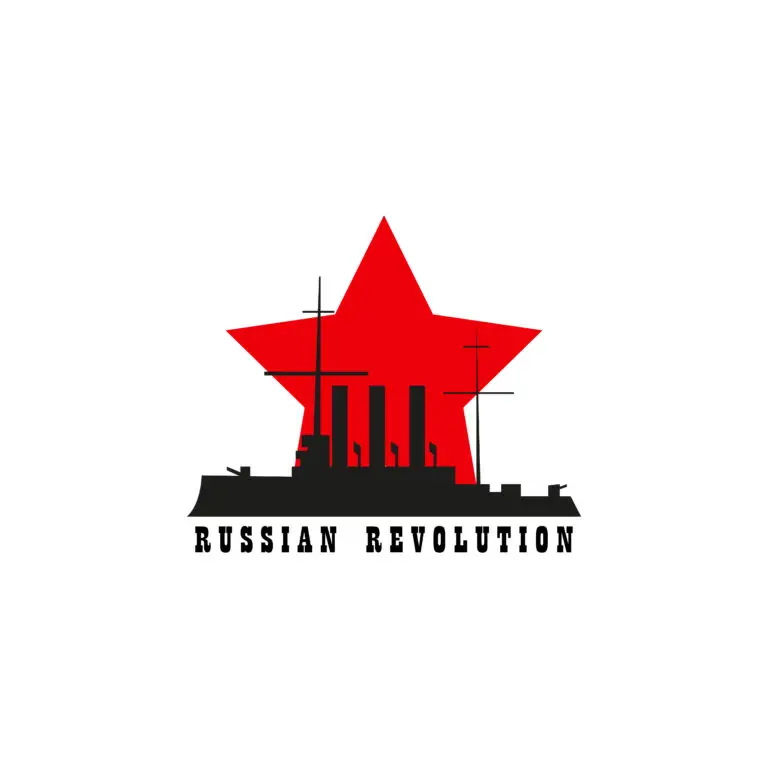Russian Revolution

Table of Contents
What was the Russian Revolution?
The Russian Revolution refers to a series of revolutionary events that took place in Russia in 1917, resulting in the overthrow of the Tsarist autocracy and the establishment of the world’s first socialist state, the Soviet Union. The revolution occurred in two phases: the February Revolution and the October Revolution.
The February Revolution, which began in February (March, according to the Gregorian calendar) 1917, saw widespread popular unrest, strikes, and demonstrations against the Tsarist regime due to economic hardship, food shortages, and the strain of World War I. The protests culminated in the abdication of Tsar Nicholas II and the formation of a provisional government.
The October Revolution, also known as the Bolshevik Revolution, occurred in October (November, according to the Gregorian calendar) 1917 and was led by the Bolshevik Party, headed by Vladimir Lenin. The Bolsheviks seized power in a largely bloodless coup, overthrowing the provisional government and establishing a socialist state based on Marxist principles. The new government began implementing radical social and economic reforms, including the nationalization of industry, land redistribution, and the withdrawal from World War I.
Russian Revolution History
The Russian Revolution refers to a series of revolutions and uprisings that took place in Russia in 1917, leading to the overthrow of the Russian monarchy and the establishment of the first communist state in the world.
The Russian Revolution occurred in two main phases: the February Revolution and the October Revolution, which occurred in March and November 1917, respectively, according to the Gregorian calendar.
The February Revolution began with mass protests and strikes in Petrograd (now St. Petersburg), triggered by widespread discontent with the Tsarist regime, food shortages, and Russia’s participation in World War I.
The February Revolution forced Tsar Nicholas II to abdicate the throne, ending centuries of Romanov rule and leading to the establishment of a provisional government composed of liberal and socialist factions.
The October Revolution, led by the Bolshevik Party and its leader Vladimir Lenin, overthrew the provisional government in a coup d’état, seizing power and establishing a socialist government based on the principles of Marxism-Leninism.
The Bolsheviks, who advocated for the establishment of a dictatorship of the proletariat, promised “Peace, Land, and Bread” to the Russian people, appealing to the grievances of workers, peasants, and soldiers.
Following the October Revolution, the Bolsheviks implemented radical social and economic reforms, including the nationalization of industry and land, the redistribution of wealth, and the establishment of a one-party state.
The Russian Civil War broke out in 1918 between the Bolshevik “Red Army” and various anti-Bolshevik “White” factions, as well as foreign interventionist forces, resulting in widespread violence, famine, and economic devastation.
The Bolsheviks emerged victorious in the Russian Civil War, consolidating their power and establishing the Soviet Union in 1922, which became the world’s first socialist state.
The Russian Revolution had profound and far-reaching consequences, reshaping the course of world history, inspiring revolutionary movements around the world, and contributing to the rise of communism as a major ideological force in the 20th century.
Related Links
Absolutism
Napoleonic Wars
Revolutions of 1848
Unification of Italy